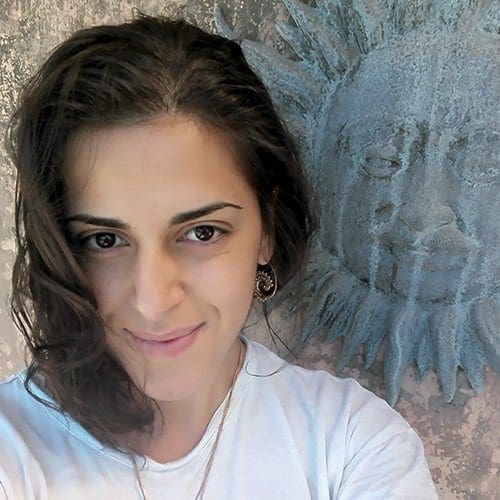Whoever thinks of India thinks of spirituality. Imagine gurus in mostly orange robes, temples crowded with people, prayers repeated aloud in an unknown language that smacks of the Orient, and men pouring into the Ganges to purify themselves. The reasons why this is happening are unknown. It is known to exist in a faraway land, not only geographically but also temporally. So much so that when you set foot in India for the first time, you have to pinch yourself to convince yourself that you are not dreaming. Looking closer, the mystical and ancestral character of the India of the fakirs appears as a fairy-tale memory in the now frenetic metropolis engulfed by consumerist practices.
Although that spirituality seems to be faltering at the mercy of technological progress and secularism, its legacy is well established if it survives centuries of legends and beliefs. Attending the world’s largest Hindu pilgrimage, the Kumbh Mela, is indispensable to exorcise any surrogate religiosity and allow oneself to be lulled into the overwhelming arms of faith.
The power of such faith is beautiful, which makes multitudes and multitudes of weak, old, young, frail people undertake such an incredible journey without hesitation or complaint, enduring hardships without protest. It is done out of love or fear: I do not know which. No matter what the impulse, the resulting act surpasses the imagination and is lovely for our people, we cold white people. – Thus wrote Mark Twain, in 1895, after attending the Kumbh Mela
In India, between faith and legend
An unparalleled mass pilgrimage to the four sacred rivers – the Ganges in Varanasi, the Godavari in Nashik, the Shipra in Ujjain and the Sangam in Allahabad (recently christened Prayagraj). Thus, the Kumbh Mela festivity is repeated every three years, rotating in each of the cities just mentioned, to which ascetics flock from every corner of India to pay homage to the legendary urn (kumbh) carried in flight by Vishnu and containing drops of the water of eternal life, the Amrita.
Through legend, it is surprising how the drops of this elixir, dropped into the waters of sacred rivers, attract millions of ascetics and pilgrims waiting for the longed-for purifying bath calculated according to astral conjunctions.
On the day when Jupiter and the Sun are in the sign of Leo, 29 August 2015, the sunrise on the banks of the Godavari River in Nashik is eagerly awaited by streams of gurus and sadhus in their white, red, yellow and gaudy orange robes and foreheads marked with symbols identifying their religious affiliation. With them, crowds of children, adults, and older people share the mystical and contemplative feeling of faith.
A slow and goliardic ritual, in full Hindu celebratory style. The silence and breeze of the Indian night step aside and give way to the roar of music from loudspeakers on trailers in the early morning warmth that anticipates the heat of the day. Moving parallel to the mad rush is the Naga Sadhus, who are the first to plunge, then the Yogis – yoga masters -and the Naga Baba – naked, ash-covered ascetic warriors -carrying Shiva’s trident. They arrive at the river carried on canopies covered in garlands of flowers and shouting their liberation and joy at karma finally being purified. The order of the ablutions in the river is precise despite the dazzling chaos of the sleepless night and the swarms of believers anaesthetised by the disruptive force of atavistic religiosity. That same religion of 33 million deities to whom to cling and entrust the infinite hopes, expectations, needs and sufferings of a people of 1.3 billion who do not want to drown.
A tearing dichotomy that creates deep individual and collective cracks between the impatience for a tomorrow enlightened by progress and the attachment to rituals as old as the mists of time. To experience the night of the Kumbh Mela is to witness this limbo familiar to the millions of Indians who participate: the suspension between the old and the new, sin and redemption.


